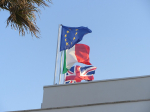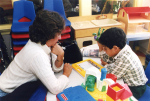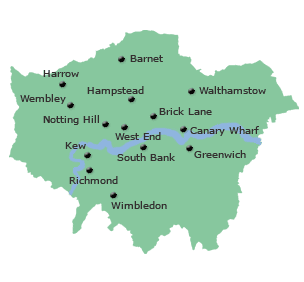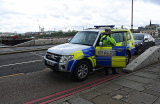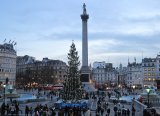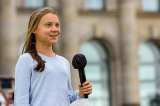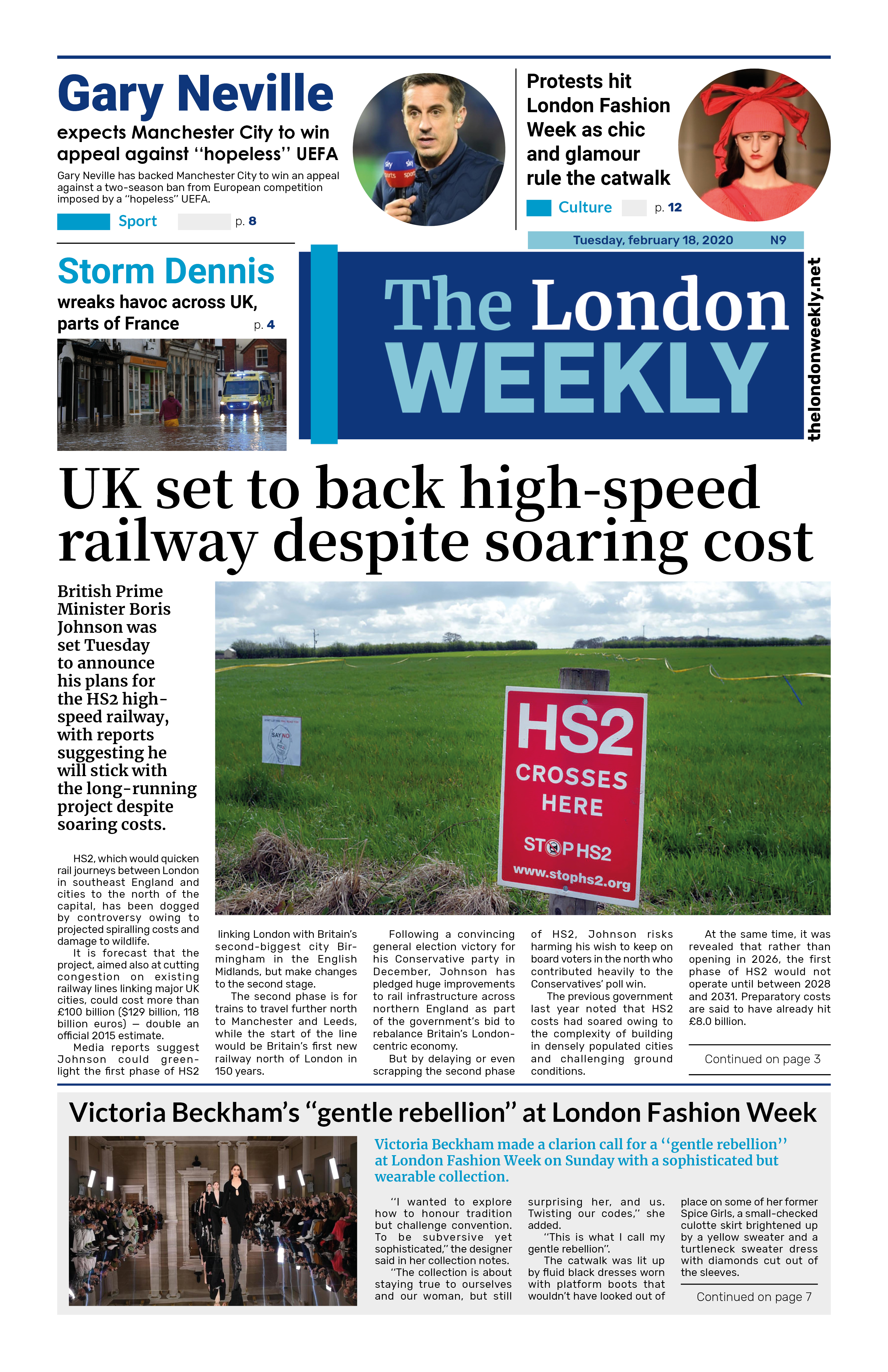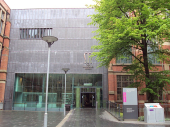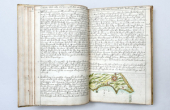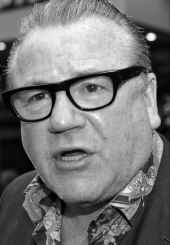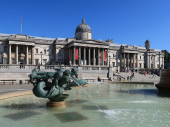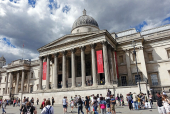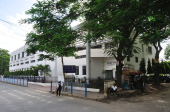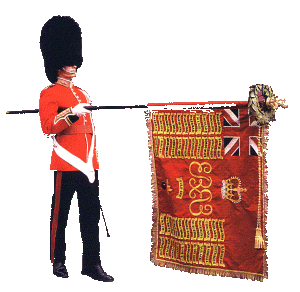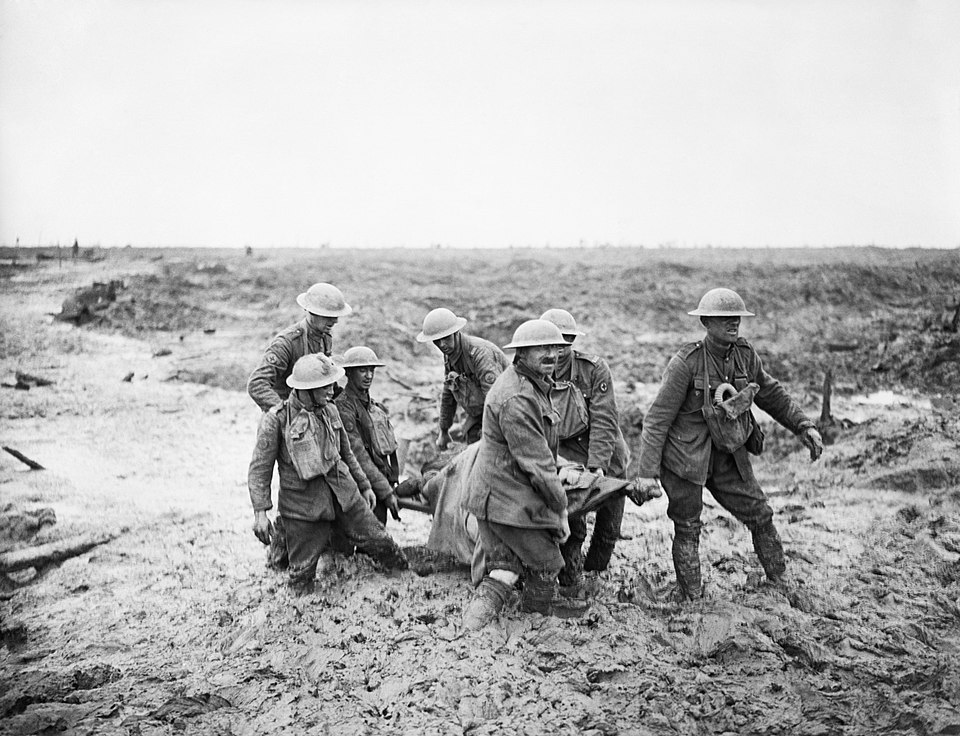
More than a century after they fell on opposite sides of the First World War, the remains of an unknown British soldier and an unknown German soldier have been laid to rest side by side near
Ypres, Belgium.
The burial service, organised by the Ministry of Defence’s Joint Casualty and Compassionate Centre (JCCC), was held at the Commonwealth War Graves Commission’s (CWGC) Poelcapelle British Cemetery. Serving soldiers from The Royal Regiment of Artillery and The King’s Troop Royal Horse Artillery carried the coffins and took part in the ceremony. Among those attending were the British and German Defence Attachés to Belgium.
The service was led by the Reverend Mark Nightingale CF, Chaplain to 9 Regiment Royal Logistic Corps, who reflected on the spirit of reconciliation between Britain and Germany in the years since the war.
The Rev. Mark Nightingale said: “It is a privilege to participate in this burial. As we lay to rest two unknown soldiers, one British and one German, we begin to glimpse the peace and reconciliation that God offers us. By honouring their sacrifice in this service, we ultimately realise that in God’s eyes, there are no enemies, only people who are known to him by name. As I reflect, I see that this burial serves as a reminder that our highest calling is not victory in conflict, but harmony in love. We are encouraged to live as individuals who seek peace and speak truth, whilst honouring the commitment of those who have gone before us in this goal, like these two brave soldiers that we have honoured today”.
The soldiers’ remains were discovered together during the renovation of a cycle path near Ypres. Archaeologists believe they were found in what was once a shell hole along the old Ypres–Staden railway line—an area fiercely fought over during the Third Battle of Ypres, better known as Passchendaele, in October 1917.
No personal items were recovered to help identify the men, but evidence confirmed one was British and the other German. Given the heavy casualties and number of missing soldiers from that period, it was not possible to determine who they were.
Rosie Barron, JCCC Caseworker said: “This was a very poignant ceremony reflecting on the importance of reconciliation and the search for peace between nations. We do not know who these men were or what their beliefs or opinions on the war were. However, both men died for their country and would have suffered the same hardships on the Western Front. May they now rest in peace together».
Members of the British, German, and Belgian armed forces attended the service, paying tribute to the two men who, even in death, have become a quiet symbol of unity.
Earlier in the week, on 15 October, another unknown British soldier was laid to rest at Vendresse British Cemetery in France. He is believed to have fallen during the First Battle of the Aisne in 1914.
All three graves will now be cared for in perpetuity by the Commonwealth War Graves Commission, ensuring their sacrifice is never forgotten.
Director for the Central and Southern Europe Area of the CWGC, Xavier Puppinck, said: “We are honoured to commemorate these three brave soldiers from the First World War at our cemeteries in France and Belgium.
It has been a privilege to recover and work closely with the JCCC in trying to identify who they were. It is rare - and very emotional actually - to have both British and German soldiers buried together, highlighting the shared sacrifice of all those who fought and died.
Though these men couldn’t be identified by name, we will care for their graves in perpetuity”. Photo by Ministry of Information First World War Official Collection, Wikimedia commons.












